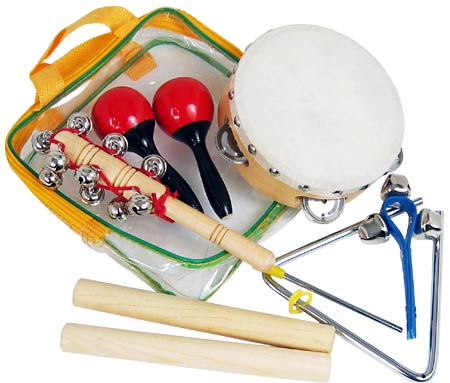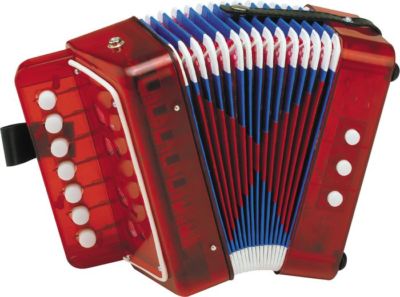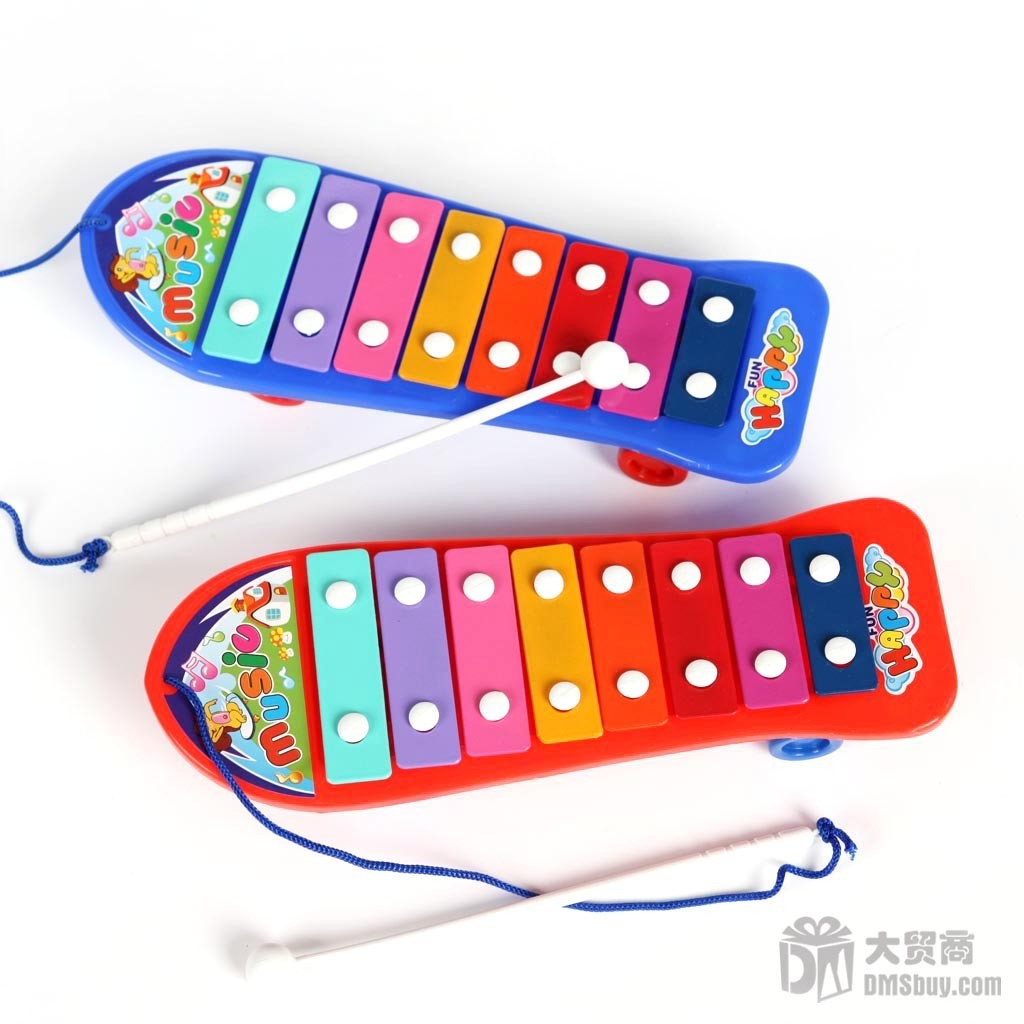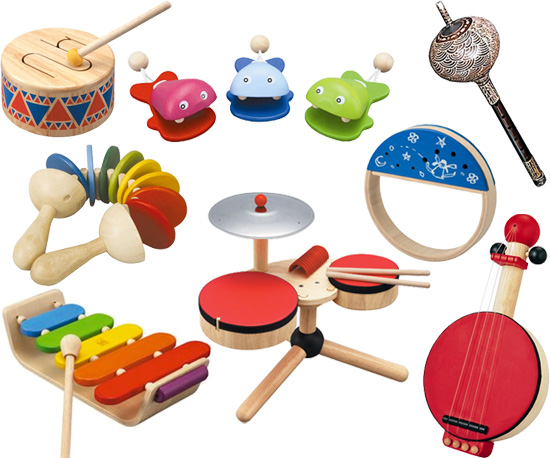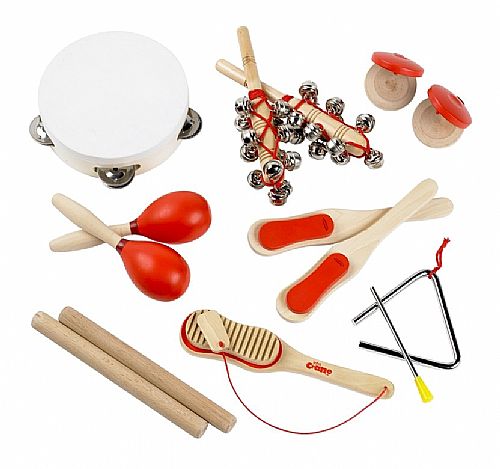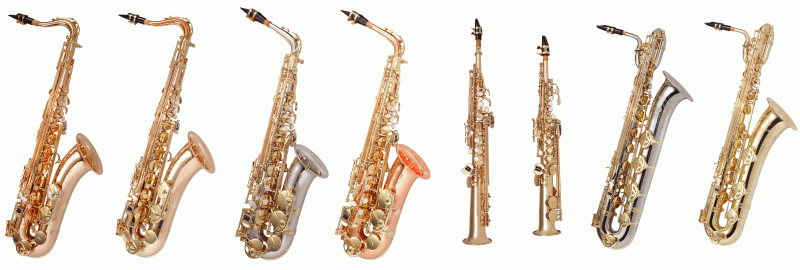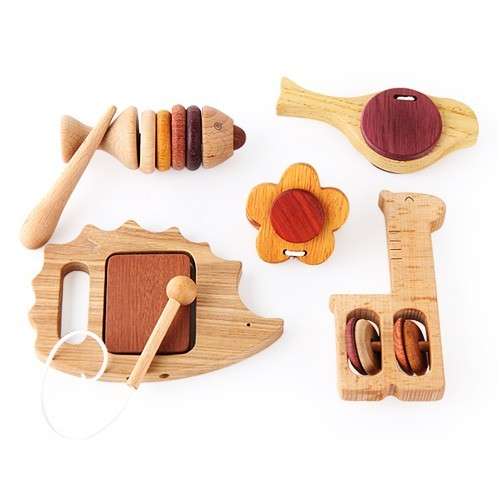According to research, children who can play musical instruments are less likely to engage in illicit drugs, premarital sex, and alcoholism. This is one of the reasons why parents are enticed to enroll their children in music classes. On the other hand, with all the musical instruments that could be played by children, how would you know which one is appropriate for your child?
The fact is that you can’t expect your 5-year-old to learn how to play the piano, not that it is impossible. There are some brilliant children in this world that can even start reading at 3! But, on an average, children are simply not mature enough to learn music. Therefore, the age of your child must be considered. Aside from the age, the size of the musical instrument should also be pondered on. If your child has a small stature, then he would be having a hard time standing up carrying a big tuba. That wouldn’t be a good scene, too. So, make sure that your child can actually carry the instrument without any difficulty.
The personality of your child is also a very important consideration. A child who is sociable and loves interacting with other people may not have fun learning the piano alone every day. But, he would prefer being with a class or a band, playing and learning with other children. Not all children have personal preferences in musical instrument. On the other hand, if your child has an instrument he wants to learn, like for example a guitar, then you might want to take on that offer so that he can actually enjoy playing since it is what he wants. Enrolling him in a saxophone class even if he wanted to learn the piano may result to an uninspired child.
As young as 5 years old, children are starting to learn what their type of music is. This can also be a very effective basis in deciding what kind of instrument your child will have fun learning. If your child loves singing acoustic music, then you can enrol him in a guitar class. On the other hand, if your child loves jazz, then a saxophone would be a great instrument for him to learn.
The fact is that the children and their preferences are not just the factor in choosing the type of musical instrument. It may be tempting to dream about learning all kinds of instruments, but at the end of the day, your choices are still limited to the available classes in your locality. On the other hand, there is really no saying that your child should learn a very intricate type of instrument like drums, harp, or violin. Even while it may be a good idea, if it is not within your reach, then you and your child might just end up feeling frustrated.
Keep in mind that enrolling your child in a music class is a way of enhancing and expanding the realm of thinking of the child. It is not about the achievement, nor the talent. In the end, it is still your child’s development you’re after.

